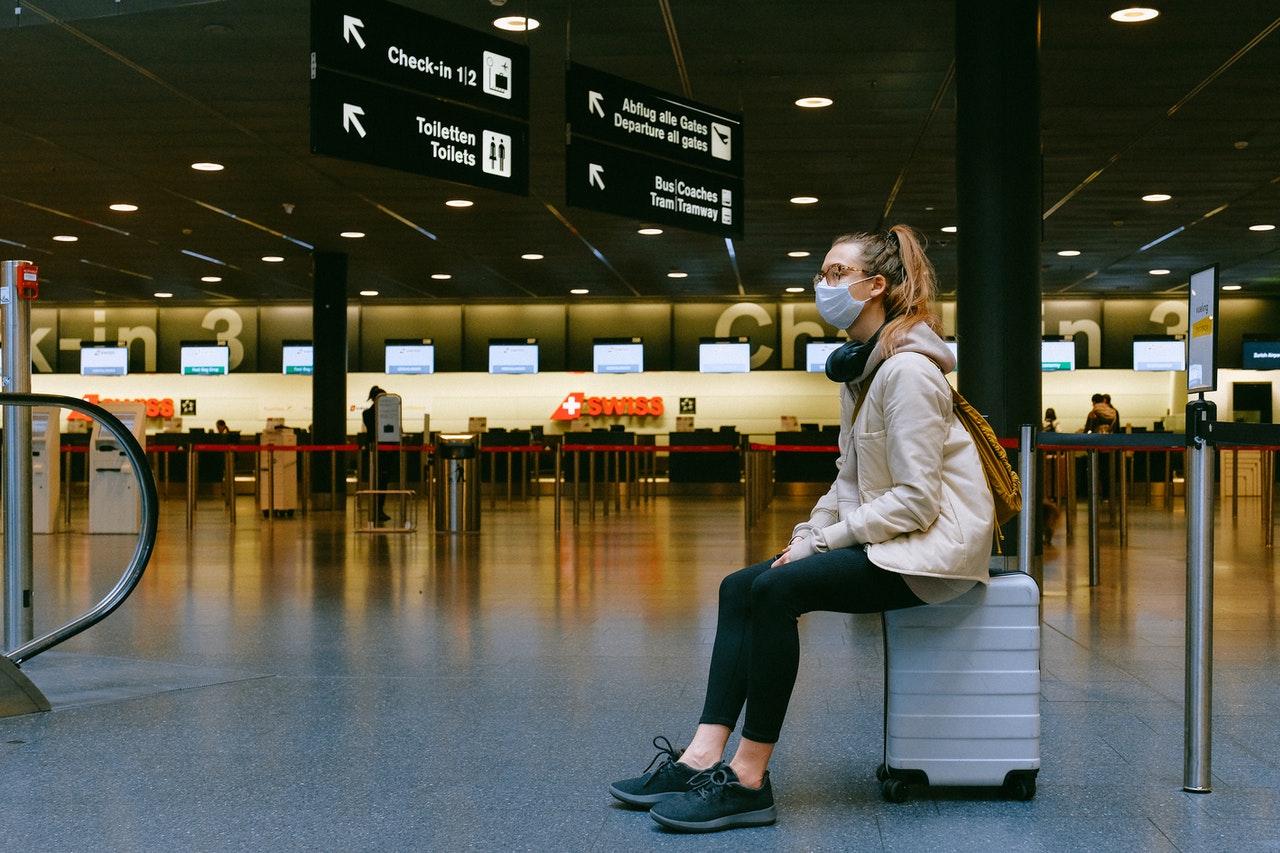Covid-19 has fundamentally altered the way we live our lives, to an extent that would have been barely conceivable just a year ago. Going to the shops, going to work, exercising, visiting a friend – these once-mundane activities have all been complicated by the need to avoid accidental contagion.
But, while we should be vigilant about every place where people might mingle, there are certain places where the restrictions have had a more profound impact. The airport is an area that’s particularly vulnerable to Covid-19. Here, visitors from far and wide come together. They do so in large numbers, and potentially in very small spaces. Thus it’s probably unsurprising that concerns over contagion have altered the way that airports look.
So what changes have we seen so far, and how might things change in the future?
Social Distancing
One important quality of the novel coronavirus is the means of transmission. It is carried in water droplets from one person to another. Consequently, it can’t travel more than two or so metres. Thus, if passengers are kept away from one another, the likelihood of transmission will be kept very low, even if a carrier is moving through.
Of course, this is highly impractical in buildings designed for a certain number of passengers at a certain density, even if passenger numbers are just a fraction of what they otherwise were. Airports thus have put into place stricter controls on who can go where and at what time. No longer will passengers be ushered through a tempting corridor of duty-free alcohol; instead, they’ll be taken to a wide-open space.
Technological Aids
Airports have long had a screening process in place, to identify passengers who might pose a danger to others. In the case of Covid-19, the danger may be posed unwittingly. Thus, as well as metal detectors, passengers might have to bring other kinds of technology to bear on the problem. Sometimes, these technologies are simple. Facemasks, for example, are mandatory at Gatwick and a range of other airports, and protective screens are widespread. Temperature screening and testing for the virus might form part of the security process. For this purpose, airports might expand using temporary buildings, like those provided by Neptunus, to accommodate everyone while still maintaining a prudent social distance. As reliable testing is made cheaper and more accessible, it’s likely that it will become a requirement for those looking to travel.




